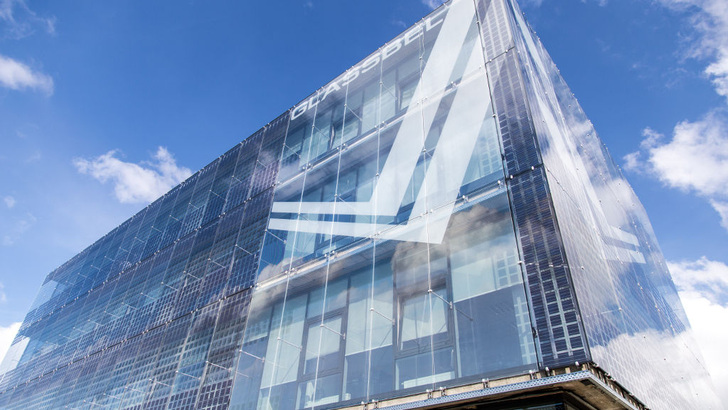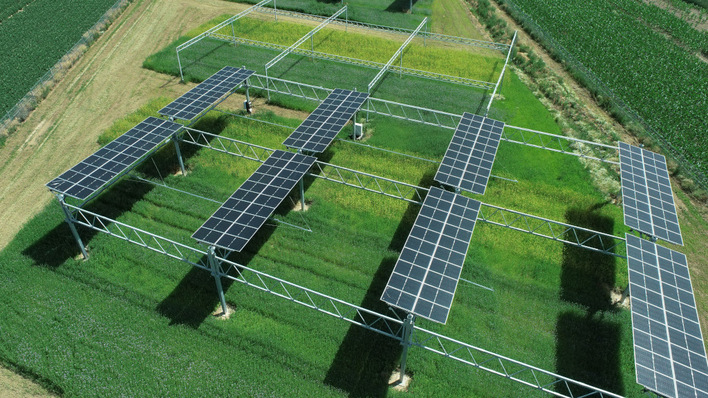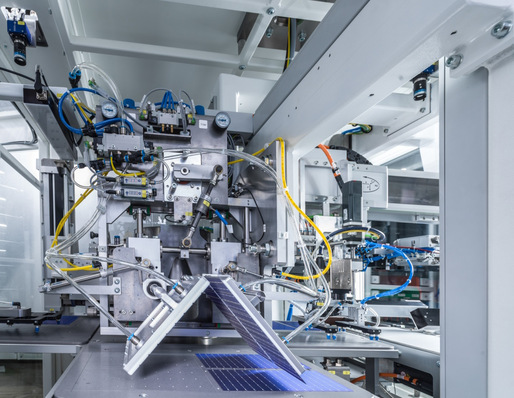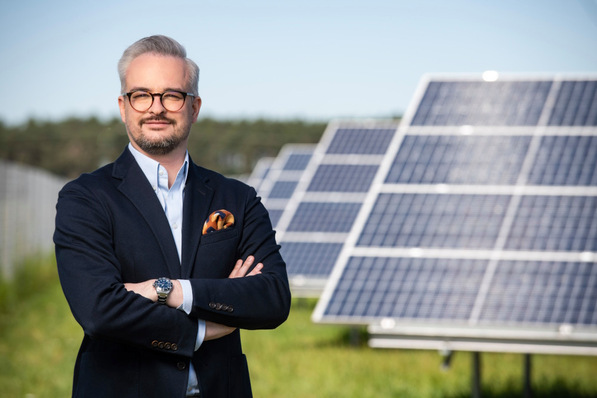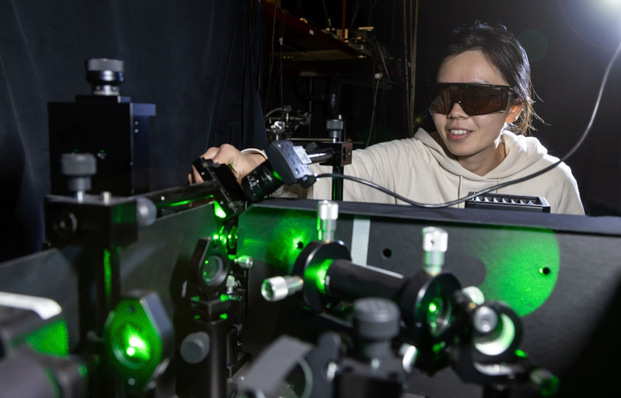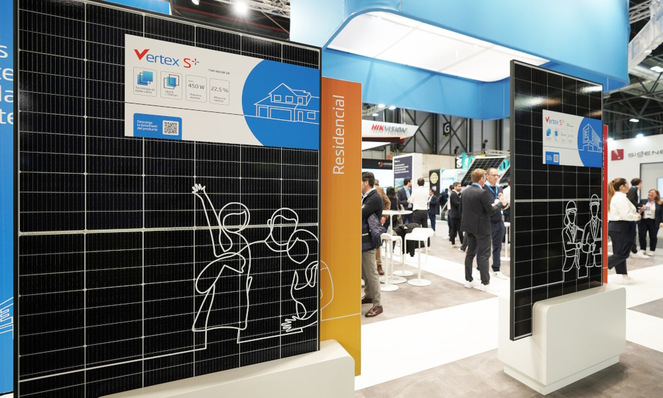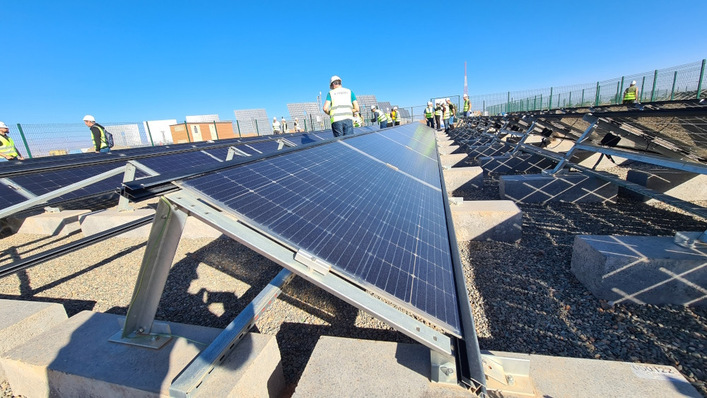The European joint project Smartflex for the development and production of custom-made solar modules has presented the first results of its installations. To this end, the partners built a complete 600 square meter façade with semitransparent photovoltaic modules at the building of glass manufacturer Glassbel in Klaipeda, Lithuania. A total of 75 glass-glass solar modules from the production of the Lithuanian manufacturer Via Solis, based in Vilnius, with different shapes and different colors or imprints, were installed on the façade in Klaipeda. The planners had to refer to 15 different types of solar panels.
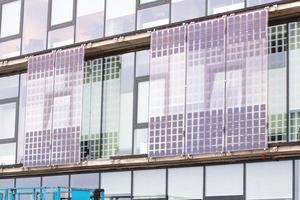
All the possibilities for architects
This reference facade is intended to show the architects that building integrated photovoltaics (BIPV) also works with crystalline silicon cells. "Solar facades can be designed almost as desired via printed module lenses, variously colored laminate films or differently colored solar cells," says Tomas Lenkimas, head of the development department of Glassbel. "The biggest challenge with our solar facade was the production of very large and heavy glass-glass modules with a length of up to 3.6 meters and a width of 1.7 meters. On the other hand, the imprinting of the module lenses is no problem, says Lenkimas. "The installation of the façade on site also worked perfectly with a specialized facade builder," he recalls.
Annual yield of 833 kWh/kW
One of the decisive questions was, however, how much BIPV can contribute to the power supply of the building. For more than half a year, experts from the Photovoltaic Institute in Berlin (PI Berlin), a partner in the Smartflex project, have measured the yield achieved by the facade system. They then increased the production over the entire year and found that the plant with a rated output of 15 kilowatts produces 12.5 megawatt hours of electricity every year. That is about 833 kilowatt hours per kilowatt of installed power. This means that the BIPV installation produces almost as much power as an average PV Installation with 850 kWh per year in the Baltic country. "We were able to propose some improvements in the commissioning phase, which led to a 25 percent increase in earnings in parts of the plant," explains Thomas Weber, project manager at PI Berlin. "The lessons learned will help us to further develop the Smartflex products in future projects."
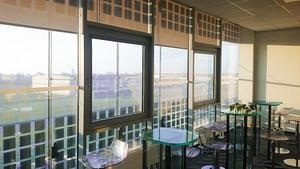
Solar facade is cheaper than a glass facade
A second central question is the price of such a facade-integrated system. According to the project partners' calculations, the cost of the facade, as built in Klaipeda, is 550 euros per square meter. The costs for the production of non-standardized solar modules and for the printing of module glass are included here. This means that the price is at the level of a facade of stone or metal, the planners emphasize. Compared to a glass facade, which amounts to 840 euros per square meter, the photovoltaic facade is even cheaper. "We have identified potential for further cost savings during the project," said Juras Ulbikas, researcher at the Lithuanian Applied Research Institute for Prospective Technologies (Pro Tech) and coordinator of the Smartflex project. "But the reference system already shows that individual solar facades are not only an aesthetic but also economically viable alternative to other facade types. In addition, the construction of a solar facade can meet statutory climate protection requirements,” emphasizes Ulbikas.
Better room climate
The benefits of the solar facade compared to the glass facade are increased by minimizing the heat input in the summer due to the shading effect, which in turn saves a lot of energy for the cooling of the rooms. "It is noticeable that the office climate is now much more comfortable," says Tomas Lenkimas, who finally works in the building. "The antireflection layer of the second façade keeps the heat off, while at the same time we have an almost unobstructed view outside. We can even ventilate in the rain as the second facade also deters wind and weather.” (HCN)
Stay informed, get our free newsletter twice a week, register here
Related news:

